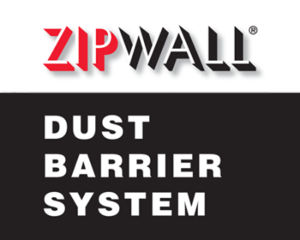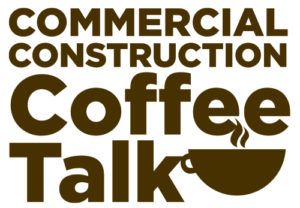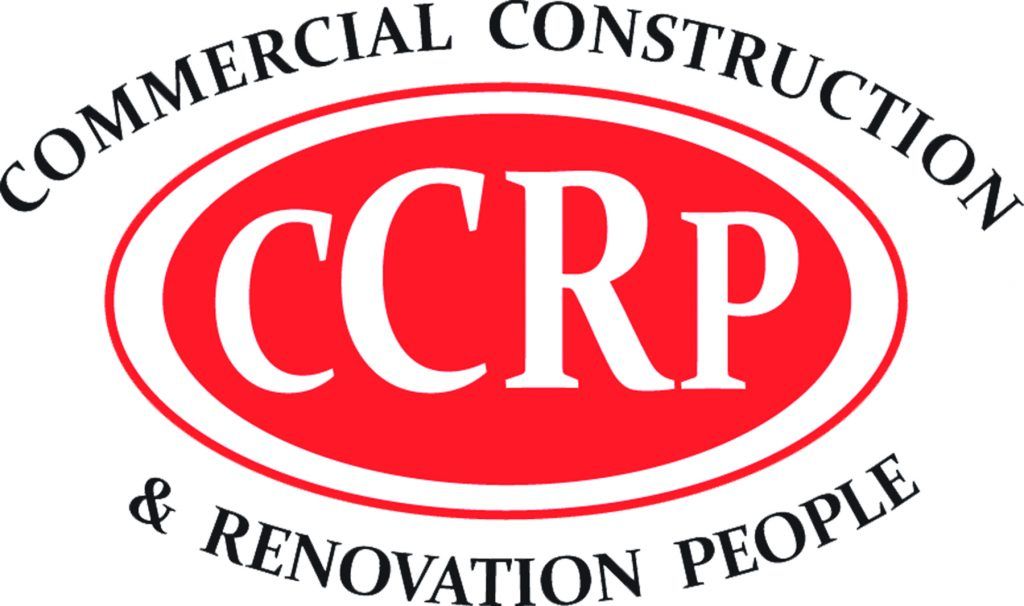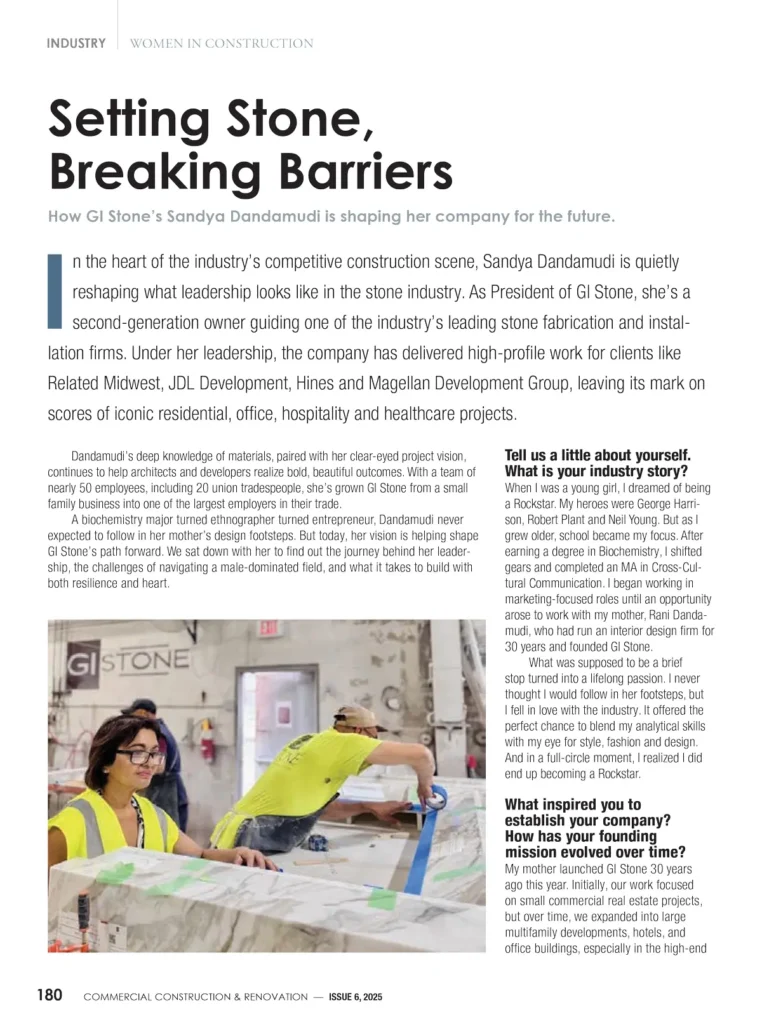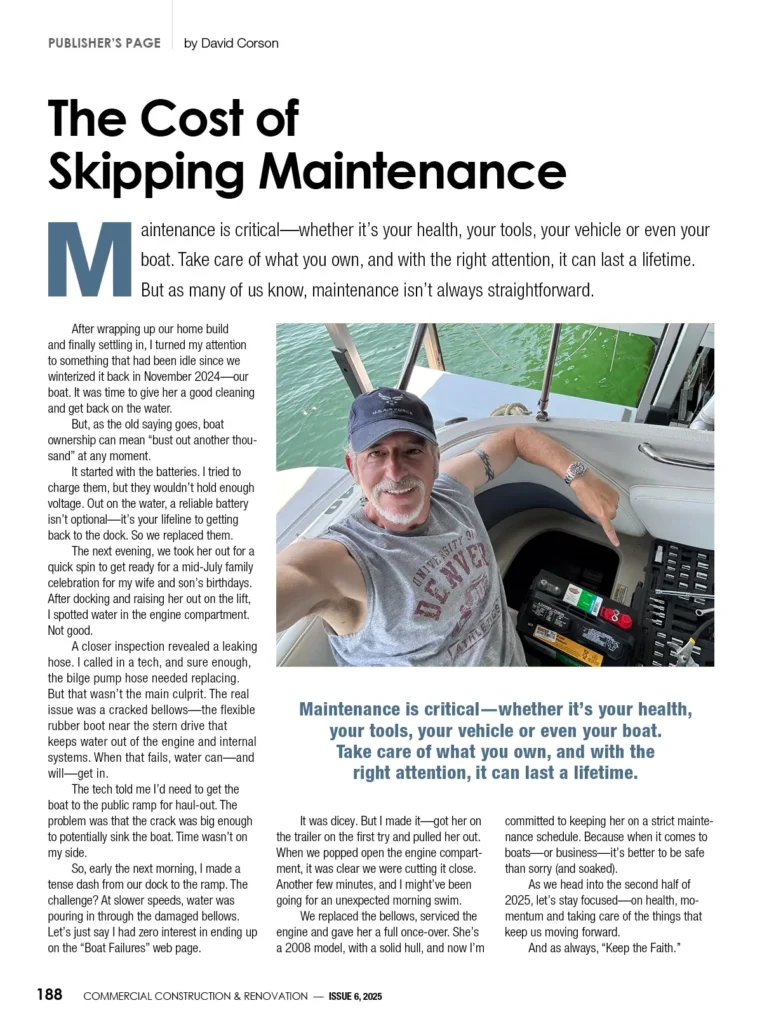Renovating a space indoors often requires cutting into walls to install wiring, pipes, or other utilities. This task, known as wall chasing, may seem simple, but it produces a significant amount of fine dust. Without proper control, this dust can spread quickly, affecting not just cleanliness but also air quality and health. In homes, offices, or commercial spaces, keeping dust under control is essential for safety and quality. That’s why dust control in wall chasing should always be part of the planning, not an afterthought.
What Happens During Wall Chasing?
Wall chasing involves creating narrow channels in surfaces like plaster, brick, or concrete walls to hold cables or pipes. Tools such as angle grinders or electric wall chasers are used to cut into the material. These tools, especially during concrete cutting, produce fine dust particles that can stay in the air for a long time.
Depending on the cutting depth, more or less dust is released. Deeper cuts create more debris and require stronger control methods. The dust created during this process isn’t ordinary household dust; it contains fine particles like silica, which can be harmful if inhaled.
To handle this effectively, professionals often use equipment designed for both precision and safety. Tools from companies like Guarda Systems are built to reduce airborne dust through integrated dust extraction, helping to maintain cleaner air while cutting through tough materials.
Why Dust Control Matters for Health
The dust produced during wall chasing can be dangerous. It often includes tiny particles of cement, plaster, and silica from concrete walls. These particles can get deep into the lungs and cause serious health problems. Long-term exposure to silica dust, for example, can lead to conditions like silicosis, chronic bronchitis, and even lung cancer.
Even short-term exposure can irritate the eyes, nose, and throat. This is especially risky for children, the elderly, and anyone with asthma or allergies. Proper dust extraction keeps these harmful particles from building up in the air and spreading beyond the work zone.
Property and Equipment Are Also at Risk
Dust doesn’t just harm people. It can also damage the property itself. It spreads fast, landing on furniture, flooring, and inside electronics. Once it enters the wall structure or ventilation system, it becomes much harder to remove.
Sensitive equipment like computers and televisions are particularly vulnerable. Dust buildup can block cooling vents and lead to overheating. For this reason, many workers rely on a vacuum cleaner to actively remove dust during and after cutting.
Key Benefits of Controlling Dust
Managing dust during wall chasing provides several long-term benefits. It improves safety, protects the property, and makes the renovation process much smoother.
Cleaner Air
Dust in the air reduces indoor air quality and can linger long after the work is finished. Using a vacuum cleaner with a HEPA filter or a wall chaser with dust extraction helps keep the air cleaner and safer to breathe.
Shorter Cleanup Time
Projects often run on tight deadlines. When dust is managed during cutting, there’s less debris left behind. This cuts down on cleanup time and helps keep the project on track.
Better Results
Dust can settle on wet surfaces like adhesives, paint, or sealants. This can ruin the finish or lead to peeling and bubbling. Keeping the workspace clean helps achieve a more professional result.
Safer Work Environment
Dust on the floor can become slippery. Floating particles can block vision or irritate the eyes. A cleaner environment helps reduce the risk of trips, falls, and accidents.
Longer Tool Life
Construction dust can get inside motors and cause wear and tear. Using dust extraction tools or operating a connected vacuum cleaner during wall chasing helps protect machines and extend their lifespan.
Effective Dust Control Methods
Several simple practices can help reduce dust and its impact.
Use Tools with Built-in Dust Collection
Many modern wall chasers come with ports for connecting to a vacuum cleaner. These setups pull dust away as soon as it forms, keeping the air cleaner from the start.
Choose the Right Cutting Depth

Adjusting the cutting depth to match the cable or pipe being installed helps reduce the amount of material being cut. Less cutting means less dust.
Work in a Contained Area
Seal off the work zone with plastic sheets or partitions. Cover furniture and use mats or rugs to trap dust before it spreads into other parts of the building.
Consider Wet Cutting if Appropriate
Lightly wetting the cutting surface can help reduce dust clouds. This method may not suit every situation, especially near electrical components, but it can be useful in open or unfinished areas.
The Cost of Skipping Dust Control
Skipping dust control might seem like a way to save time or reduce equipment costs. In reality, it usually leads to more work and more problems. Without proper control, dust can cause delays, create health complaints, and increase cleanup costs.
It can also affect the reputation of the contractor or business. In some cases, failing to control dust may violate local building or safety codes, which could result in penalties or insurance issues.
Final Thoughts
Wall chasing dust shouldn’t be taken lightly during indoor renovations. It can harm air quality, damage property, and pose health risks. Effective dust control methods like dust extraction and HEPA-filter vacuum cleaners help keep the environment clean and safe. Taking these steps ensures a smoother renovation with better long-term results.






